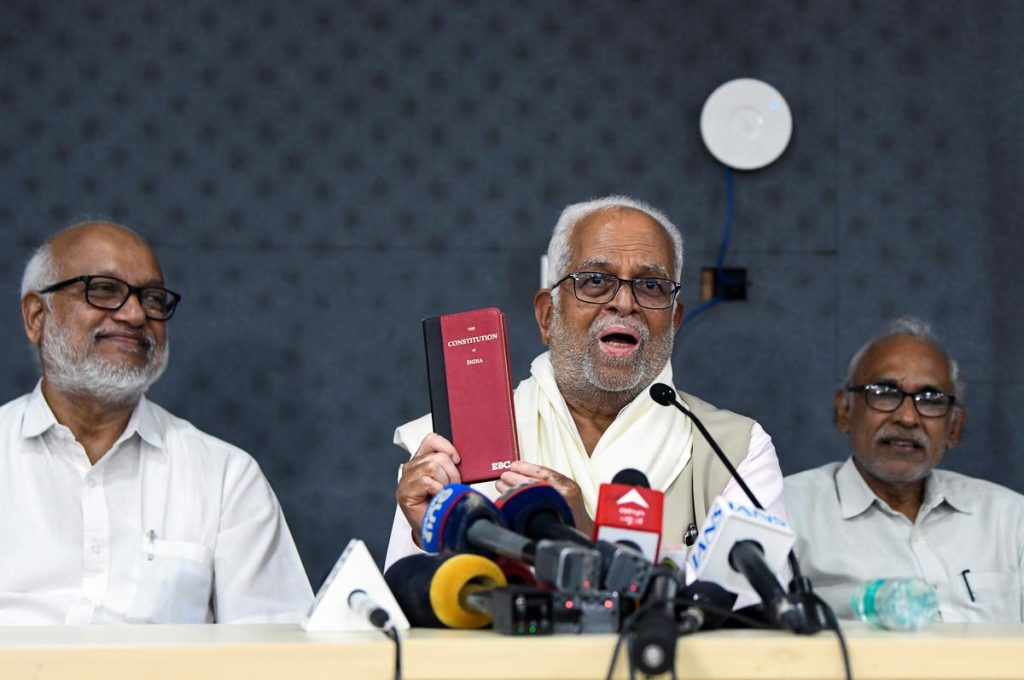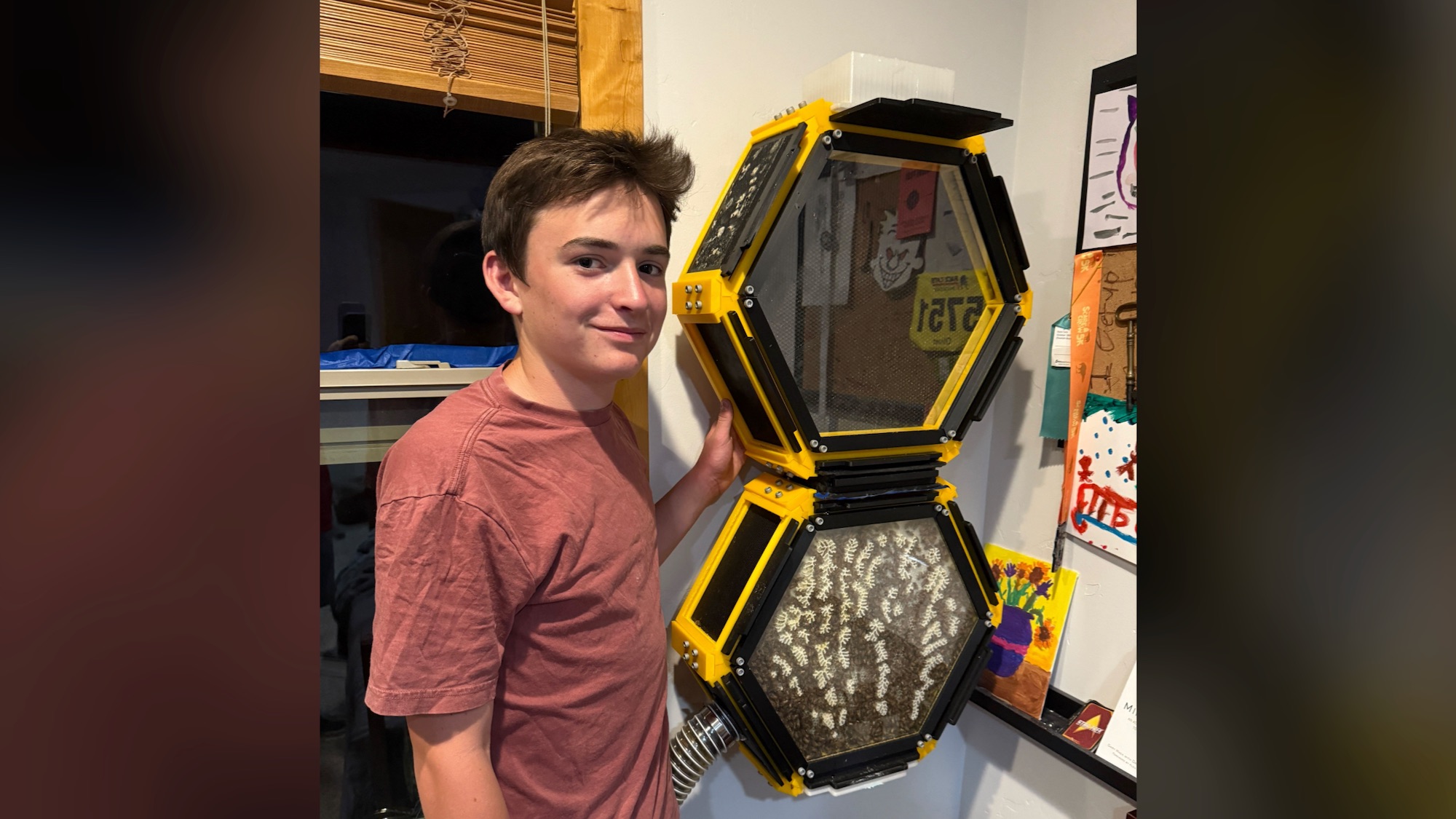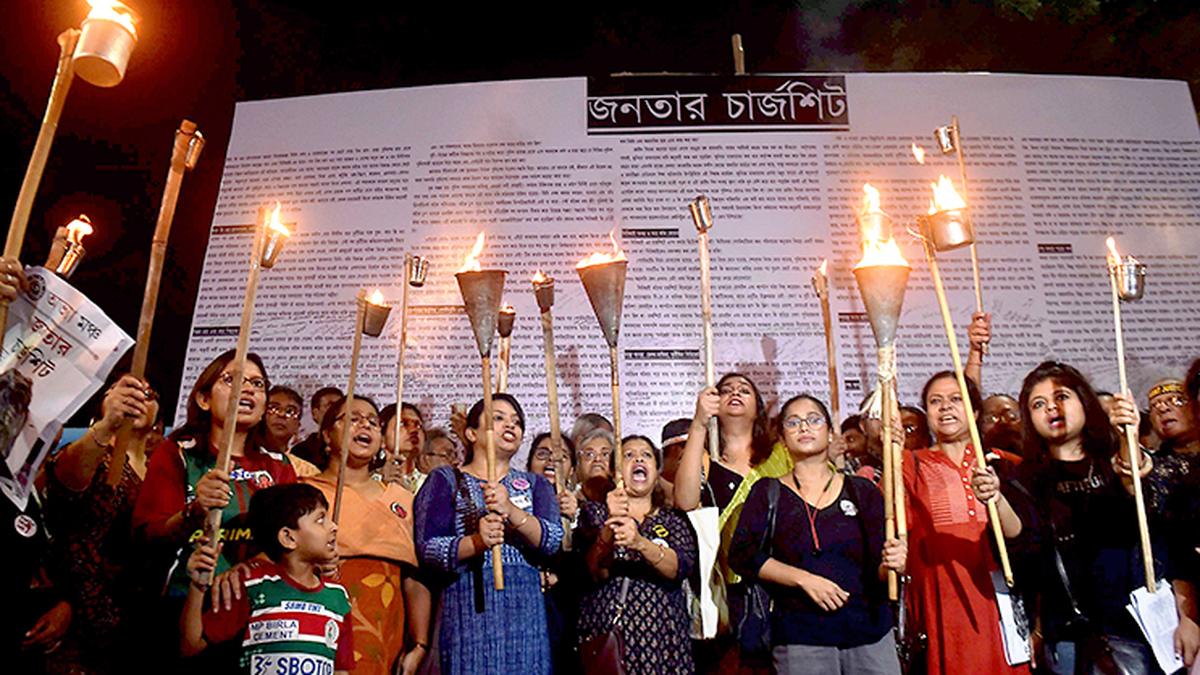Now Reading: Adobe Unveils Pro-Level Camera App for iPhone Users
-
01
Adobe Unveils Pro-Level Camera App for iPhone Users
Adobe Unveils Pro-Level Camera App for iPhone Users

Speedy Summary
- Project Indigo: Adobe’s latest computational photography app designed to enhance mobile photo quality is now available for iOS, with an Android version forthcoming. It emphasizes creating natural-looking images over heavily processed ones.
- Features:
– Combines up to 32 frames per shot for balanced exposure and realistic details.
– Eschews typical mobile photo tweaks like oversaturation and excessive brightness, aiming for DSLR-level realism.
– Offers extensive manual controls including adjustments for focus, shutter speed, ISO, exposure, and white balance.
- Modes Available:
– Photo Mode: Standard image capture mode with customizable settings.
– Night Mode: extended exposure times optimized for low-light photography; stability is crucial when using this mode.
- Users can output images in JPEG or RAW formats. The Long Exposure feature adds creative options like blurring motion in photographs.
Caption: Project Indigo offers a fresh look and plenty of features. Image: Popular science
Caption: The app combines multiple frames to retain details (right). Image: adobe
Caption: The Long Exposure mode can be used to blur fast-moving parts of an image. image: Adobe
Caption: The app offers plenty of modes and puts detailed controls onscreen.Screenshot: Adobe
caption: Numerous settings are available along with tutorial sections within the app interface. Screenshot: Adobe
Indian Opinion Analysis
The launch of Project Indigo marks a significant milestone in computational photography by advancing RAW data processing within mobile ecosystems while emphasizing user-oriented customization over default automation. Its development by former Google Pixel camera team members lends credibility given their expertise in refining smartphone imaging technologies.
For India-where smartphone penetration is high but DSLR ownership remains niche-Project Indigo has the potential to meet varied consumer needs from casual photographers experimenting with advanced features to professionals seeking portable alternatives during fieldwork or travel shoots.
Though, Project Indigo’s success may hinge on wider accessibility (not yet available on Android), pricing strategy if monetized further beyond its current release form as well technical adaptability across regional lighting challenges unique within India’s geography frequently enough spanning extremes e.g -dense urban shots versus lower rural setups challenges; unlike artificial one-dimensional workflows globally
India=context demand logical based adapt refinements long stabilise +etc access simplfy neutral pro’s many shaded data’d evidence’d empirical-based possibilities needs-context-debate more grounding…analysis repeats ND nature next steps await Read More.























